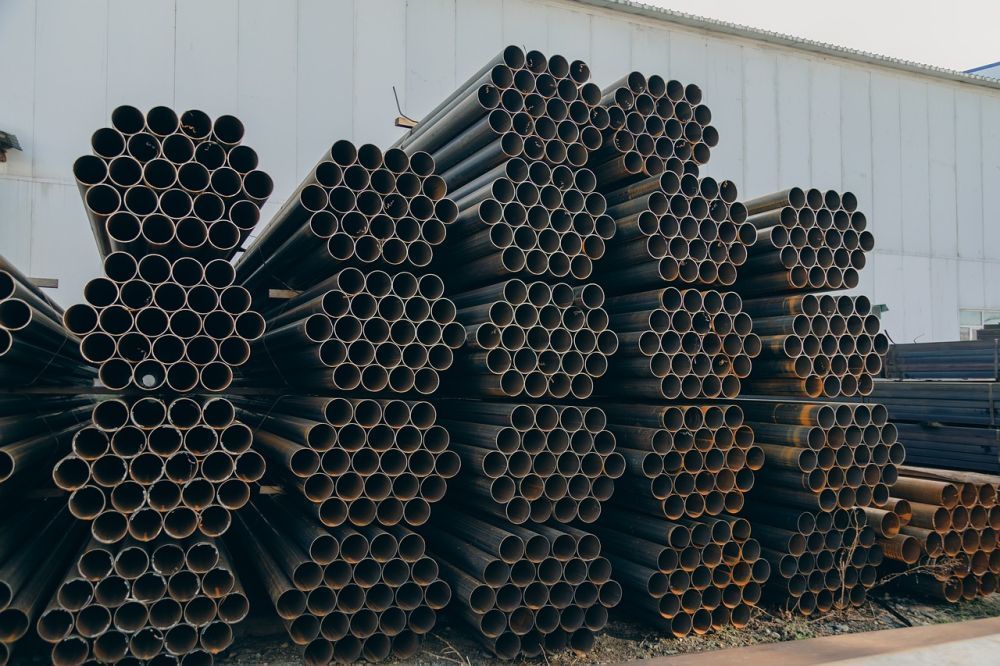
What Is the Difference Between Outside Diameter and Nominal Bore in Fencing?
Many metal fence systems use round tubing for posts, bracing, stays and gate frames. Usually, when you read a fence specification, you will be given the diameter of the various kinds of tubing used, but sometimes, you might see nominal bore too.
Let’s find out what is the difference between outside diameter and nominal bore in fencing.
Why Do Fences Use Different Size Tubing or Pipe?
The first thing we need to look at is why different fences use different sizes of tubing and pipe for different parts of the fence.
It all comes down to the strength of the tubing or pipe.
Tension posts, also known as terminals, main posts, corner posts and end posts, usually carry more strain than the rest of the fence, because when mesh is pulled, it’s that fence post that is at the end of the “straining section.”
Line posts, on the other hand, don’t carry a lot of weight or tension, and while top rails and bracing do carry the weight of mesh, they usually bear less strain and tension than main posts.
Each part of your fence system is designed to be able to cope with the weight and tension it needs to be able to carry. This ensures that your fence is as stable and sturdy as possible. It’s also why the fence structure for low, lightweight residential metal fences is usually made of much smaller tubing and pipe than commercial and industrial fences, or high security fence systems.
What Is outside diameter in Fencing?
Most fence specifications will state the outside diameter or OD of the various kinds of pipe and tubing that is used for the fence.
outside diameter means the measurement from one side of the tubing to the other, measured from the outside edge to the outside edge. If you were to draw a line through the center of the pipe, from the outside edge to the other outside edge, that would be the OD of the pipe.
What Is nominal bore in Fencing?
Most round fence pipe and tubing is measured by outside diameter, but some types of pipes and tubing used for metal fences might be measured by nominal bore, or NB.
This measurement is also a diameter, but it’s the inside diameter of the pipe. So, if you drew the same line from one side of the pipe to the other, to get the nominal bore dimension, you would measure from the inside face of the pipe to the opposite inside face.
Nominal bore is usually used to describe special kinds of pipe like Schedule 40, as well as some kinds of pipe in different materials like aluminium or aluminum.
Don’t Forget wall thickness!
While outside diameter and nominal bore are an important part of a metal fencing specification, they’re not they only factor. In fact, often, wall thickness (also sometimes called gauge) is usually a better measure of the strength of pipe or tubing that is used for fencing.
Thicker wall thicknesses mean that the pipe or tubing will be stronger, regardless of OD or NB.
If your fence quote does not mention both the outside diameter or nominal bore of the tubing or pipe and the wall thickness, be sure to ask. This is one of the most common ways that fence quotes can differ, and if you’re not looking at the same kind of pipe on both quotes, you’re not comparing apples with apples.


